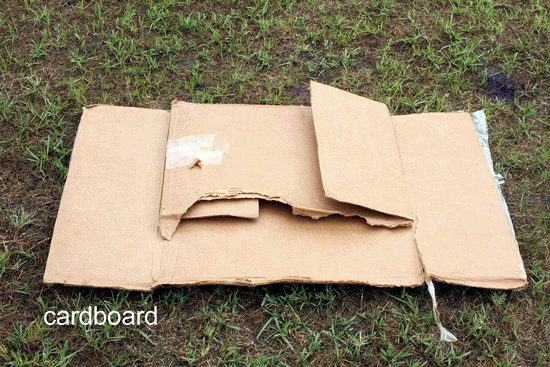The Coleman Center for the Arts (CCA) was pleased to host the planting day for Motherpatch, a new project by Fallen Fruit. Motherpatch is the largest public watermelon patch in the world, containing over 30 global varieties of watermelons. The project is Fallen Fruit’s collaboration with the CCA and the people of Sumter County that began in 2012, and has unfolded through ongoing conversation, creation and collaboration.
In 2012 Fallen Fruit worked with the CCA to offer the event “Gobble Gobble Cobbler.” Residents were invited to bring fruit cobblers to a community meal and share their childhood memories of fruit. Quotes from the exchange were later inscribed on a series of public picnic tables installed at the CCA. In this inaugural conversation with the community, residents shared memories of York as place of pastoral abundance. In the words of one resident, “You could find them everywhere. People would just throw out seeds. You could just go around town and watermelons would be growing on the road.”
Motherpatch takes inspiration from these words. As “the largest public watermelon patch in the world” Motherpatch recreates the magical sense of abundance that residents recalled through a seeded watermelon patch in the center of downtown York. However, it’s not just the one time realization of the patch itself—a half-acre public garden and sculpture that will produce more than a thousand melons—that will spark this utopian impulse of watermelon extravaganza.
On Mother’s Day the CCA distributed artist designed seed packets to churches around town and will make them available for the remainder of the summer. The instructions invite recipients to “Spit your seeds…in front of your house, church, business and along the streets and sidewalks of your neighborhood. Wherever you live, plant these seeds on the edge of your property to share with neighbors, family and friends.” Motherpatch is the lineage of these seeds, of the actions by residents and the artists, to put the fruit where it will grow, to share it, and to make it grow again, and again, and again.
Over 30 different kinds of watermelons from around the world were planted including popular regional varieties like Sugar Baby, Sweet Crimson and Charleston Grey in addition to international cultivars like Golden Russian, Sweet Siberian and White Wonder, a descendent of African varieties that was popular in the 1800’s. Catherine Shelton, CCA Garden Director and longtime collaborator with the organization, helped to design the method of planting watermelon mounds. Round layers of cardboard, mulch, manure, and soil, edged in more mulch, descend in two long rows down to the long grassy plot of land in front of the CCA.

Over the next three months residents will see the mounds transform into a sweet, dense tangle of watermelon plants. In the center of the patch sits the picnic table that offers up the origin of the project, a place for rest and reflection. “You could find them everywhere. People would just throw out seeds. You could just go around town and watermelons would be growing on the road.”
While York has faced the decline of the American small town and the loss of abundance in it’s landscape, seedless industrial mini-melons have become the standard of today’s supermarkets. Motherpatch serves as respite from these trends, creating a space for abundance, sharing, reflection and connection. A public harvest celebration is planned for August 15th.
To get seeds, learn more about the project, or find out how to be involved please contact the Coleman Center for the Arts at 205-392-2005.
Fallen Fruit is an art collaboration originally conceived in 2004 by David Burns, Matias Viegener and Austin Young. Since 2013, David and Austin have continued the collaborative work.
This event is made possible by funding from the Andy Warhol Foundation for the Visual Arts, The Visual Artists Network / National Performance Network, the Joan Mitchell Foundation, the Daniel Foundation of Alabama and the generous contributions of our individual sponsors.
Using fruit as a lens the Fallen Fruit investigate urban space, ideas of neighborhood and new forms of located citizenship and community. The collective aims to reconfigure the relation between those who have resources and those who do not, to examine the nature of and in the city, and to investigate new, shared forms of land use and property. For more information visit www.fallenfruit.org.

